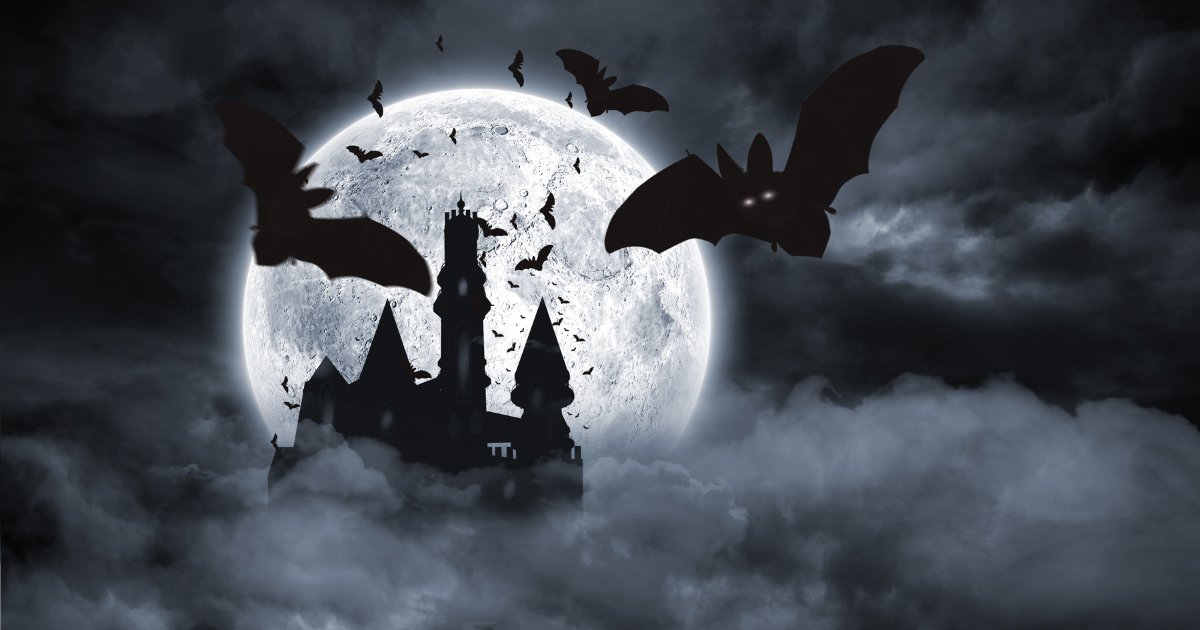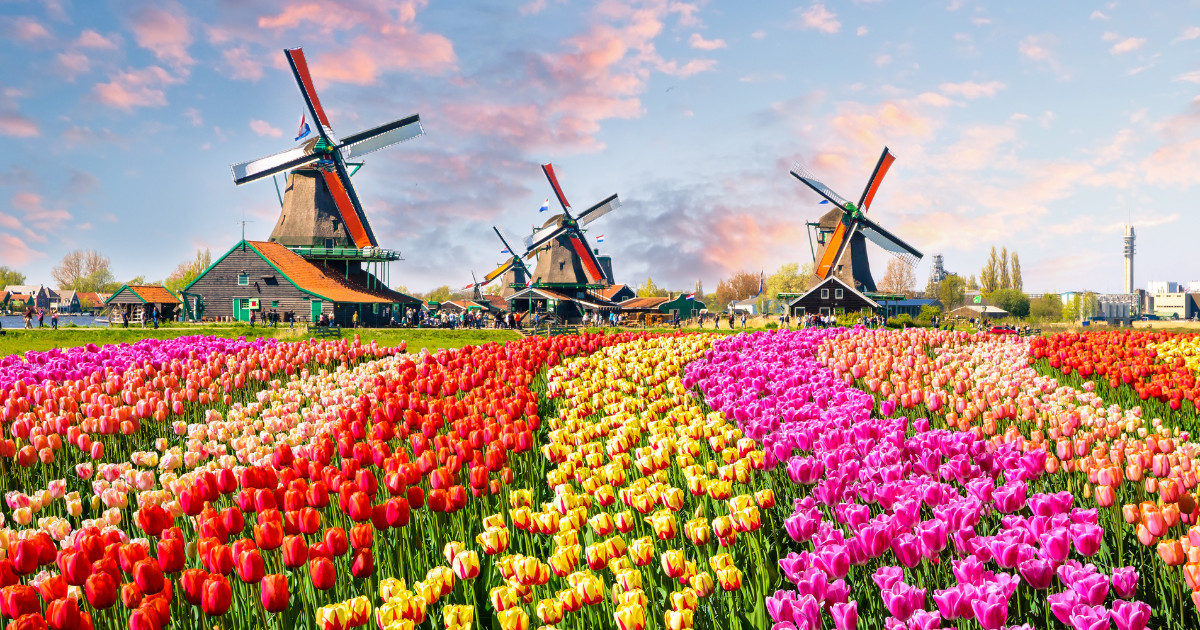Are you ready for an adventure that will send shivers down your spine? Transylvania should be on your bucket list if you’re a fan of Halloween and all things spooky. This region of Romania is most famous for being home to Vlad the Impaler, also known as the inspiration for Dracula. But the history and culture of the region is much richer and more complex than just vampire myths. In this blog post, we’ll take you on a journey through Transylvania, tracing the footsteps of Dracula, exploring Bran Castle, and uncovering the region’s fascinating and eerie history.
Sighisoara
Our journey begins in Sighisoara, the birthplace of Vlad Tepes, better known as Vlad the Impaler or Dracula. The city has a medieval charm that will transport you back in time. As you wander the narrow cobblestone streets, you’ll come across the clock tower, the old citadel, and the house where Dracula was born. With its red roof and gothic arches, the house has been transformed into a museum that provides insight into the life of the infamous ruler. Aside from the museum, Sighisoara also has several restaurants and cafes where you can indulge in traditional Romanian food and drink.

Brasov
Next on our itinerary is Brasov, a charming city with a stunning skyline dominated by Mount Tampa. The highlight of our trip to Brasov is Bran Castle, one of the most famous landmarks in Romania and the alleged home of Dracula. The castle is a Gothic masterpiece, with towers, turrets, and secret tunnels. The castle’s interior is just as impressive, with antique furniture, decorative art, and exhibits on the region’s history. Whether you believe the Dracula legend or not, Bran Castle is a must-visit destination for its beauty and cultural significance.

Biertan
Continuing our spooky journey, we arrive in the village of Biertan, located in the heart of Transylvania. The village is known for its fortified church, a UNESCO World Heritage Site. The church was built in the 15th century and is surrounded by walls, towers, and a moat. Its interior is just as impressive, with frescoes, stone carvings, and a special altar. But what makes the church unique is the “divorce room”, a small chamber where couples seeking separation were locked in for two weeks in hopes of reconciling their differences.

Cluj-Napoca
Our final stop is the city of Cluj-Napoca, the unofficial capital of Transylvania. The city boasts several museums, galleries, and parks, but we’ll focus on the spookier attractions for our purposes. The first stop is the Hoia Baciu Forest, often called the Bermuda Triangle of Romania. The forest is known for its strange occurrences, including missing people, UFO sightings, and inexplicable energy fields. If you dare to venture into the forest, be prepared for a thrilling and possibly unsettling experience. If you prefer your thrills in a more controlled environment, head to the Iulius Mall, where you’ll find The Horror Room, an immersive escape room experience that will test your fear threshold.

Our journey through Transylvania may have been dark and eerie, but it was also filled with beauty, history, and culture. From the birthplace of Dracula to the Hoia Baciu Forest and beyond, the region offers a unique and thrilling experience for Halloween and history enthusiasts. So pack your bags, grab your garlic, and get ready to embrace the spook in Transylvania.






